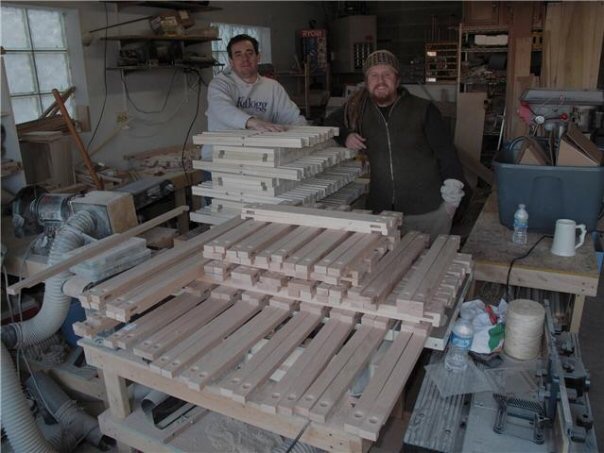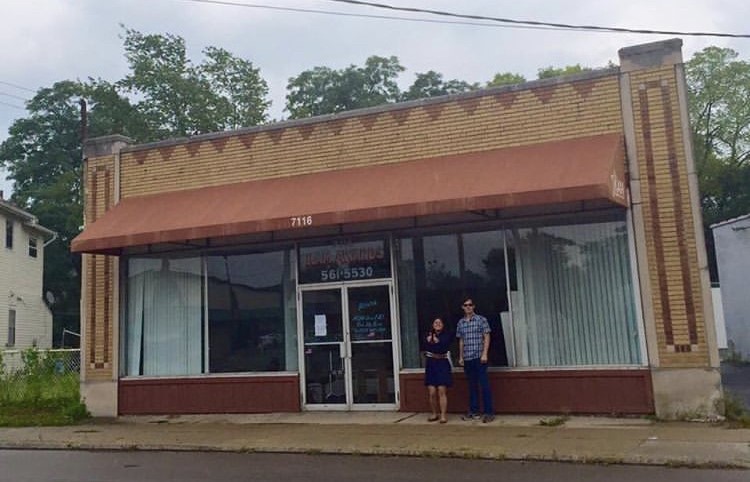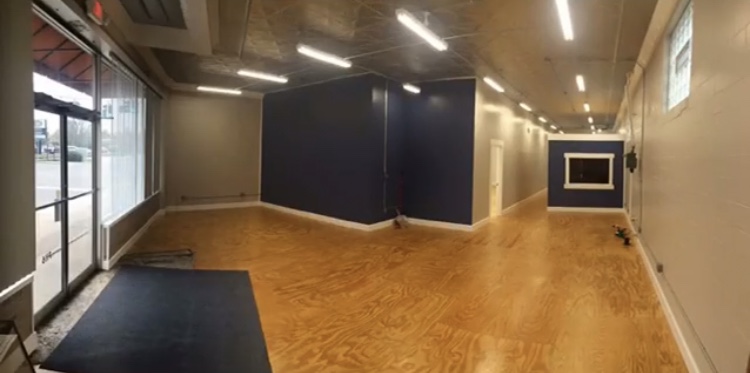Fiber Artist Supply Company began its journey in 2007 in Rosemont, IL. While Tim and Cynthia Hale were students at DePaul University, Tim started crafting yarn swifts in his in-laws' garage. Friends quickly joined the effort, including early collaborator Ben Everingham, whose handcrafted wool comb sets gained popularity, with his demonstration video amassing over a million views on YouTube.
As Cynthia pursued her law degree at BYU and Tim focused on his studies, the business experienced a slowdown. Tim convinced their landlord to let him use an 8x12 shed in the backyard, helping keep the project alive. Support from the Mary Meigs Atwater Weavers Guild in Utah and online sales sustained their efforts during this transition.
In 2010, Tim and Cynthia moved to Cincinnati, OH, ready to start a family. They found a charming house with a newly built detached garage, where Ben—already in Cincinnati—joined them. They collaborated for several years until Tim moved to the Blue Ash Road location in 2015, marking a new chapter in the company’s evolution.
In 2017, Tim and Cynthia designed a successful jumbo yarn ball winder, which has undergone constant upgrades. In 2021, after striking a deal with John Low, we began modernizing and producing Woolhouse Tools looms. Our first item, the tabletop yarn swift, is still one of our best selling!
Our focus is on creating innovative knitting and weaving tools crafted from cabinet-grade plywood and hardwoods. We collaborate to develop tools that inspire creativity in every user.
Photos:

2008: Tim & Ben in the Chicago garage

2012: Deer Park detached garage

2015: 7116 Blue Ash

2016: 7116 Blue Ash retail space on occupancy day
